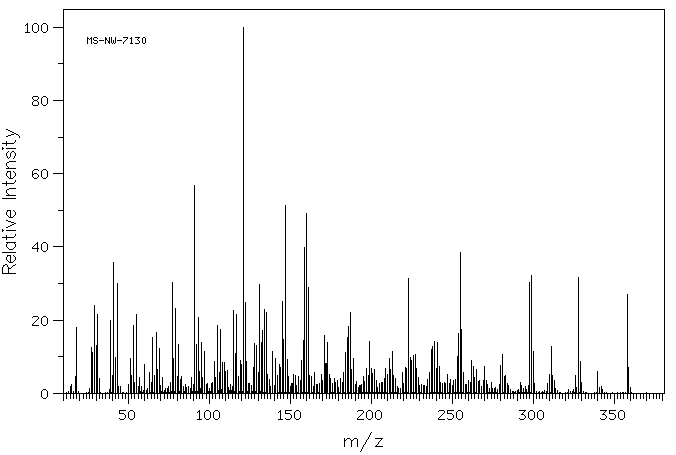代谢
泼尼松被代谢为17α,21-二羟基-孕甾-1,4,6-三烯-3,11,30-三酮(M-XVII)、20α-二氢-泼尼松(M-V)、6β-羟基-泼尼松(M-XII)、6α-羟基-泼尼松(M-XIII)或20β-二氢-泼尼松(M-IV)。20β-二氢-泼尼松被代谢为17α,20ξ,21-三羟基-5ξ-孕-1-烯-3,11-二酮(M-XVIII)。泼尼松可逆地代谢为[泼尼松龙]。泼尼松龙被代谢为Δ6-泼尼松龙(M-XI)、20α-二氢-泼尼松龙(M-III)、20β-二氢-泼尼松龙(M-II)、6α-羟基-泼尼松龙(M-VII)或6β-羟基-泼尼松龙(M-VI)。6α-羟基-泼尼松龙被代谢为6α,11β,17α,20β,21-五羟基孕甾-1,4-二烯-3-酮(M-X)。6β-羟基-泼尼松龙被代谢为6β,11β,17α,20β,21-五羟基孕甾-1,4-二烯-3-酮(M-VIII)、6β,11β,17α,20α,21-五羟基孕甾-1,4-二烯-3-酮(M-IX)和6β,11β,17α,21-四羟基-5ξ-孕-1-烯-3,20-二酮(M-XIV)。MVIII代谢为6β,11β,17α,20β,21-五羟基-5ξ-孕-1-烯-3-酮(M-XV)然后到MXIV,而MIX代谢为6β,11β,17α,20α,21-五羟基-5ξ-孕-1-烯-3-酮(M-XVI)然后到MXIV。这些代谢物及其葡萄糖醛酸苷主要通过尿液排出。
Prednisone is metabolized to 17α,21-dihydroxy-pregnan-1,4,6-trien-3,11,30-trione (M-XVII), 20α-dihydro-prednisone (M-V), 6βhydroxy-prednisone (M-XII), 6α-hydroxy-prednisone (M-XIII), or 20β-dihydro-prednisone (M-IV). 20β-dihydro-prednisone is metabolized to 17α,20ξ,21-trihydroxy-5ξ-pregn-1-en-3,11-dione(M-XVIII). Prednison is reversibly metabolized to [prednisolone]. Prednisolone is metabolized to Δ6-prednisolone (M-XI), 20α-dihydro-prednisolone (M-III), 20β-dihydro-prednisolone (M-II), 6αhydroxy-prednisolone (M-VII), or 6βhydroxy-prednisolone(M-VI). 6αhydroxy-prednisolone is metabolized to 6α,11β,17α,20β,21-pentahydroxypregnan-1,4-diene-3-one (M-X). 6βhydroxy-prednisolone is metabolized to 6β,11β,17α,20β,21-pentahydroxypregnan-1,4-diene-3-one (M-VIII), 6β,11β,17α,20α,21-pentahydroxypregnan-1,4-diene-3-one (M-IX), and 6β,11β,17α,21-tetrahydroxy-5ξ-pregn-1-en-3,20-dione (M-XIV). MVIII is metabolized to 6β,11β,17α,20β,21-pentahydroxy-5ξ-pregn-1-en-3-one (M-XV) and then to MXIV, while MIX is metabolized to 6β,11β,17α,20α,21-pentahydroxy-5ξ-pregn-1-en-3-one (M-XVI) and then to MXIV. These metabolites and their glucuronide conjugates are excreted predominantly in the urine.
来源:DrugBank








